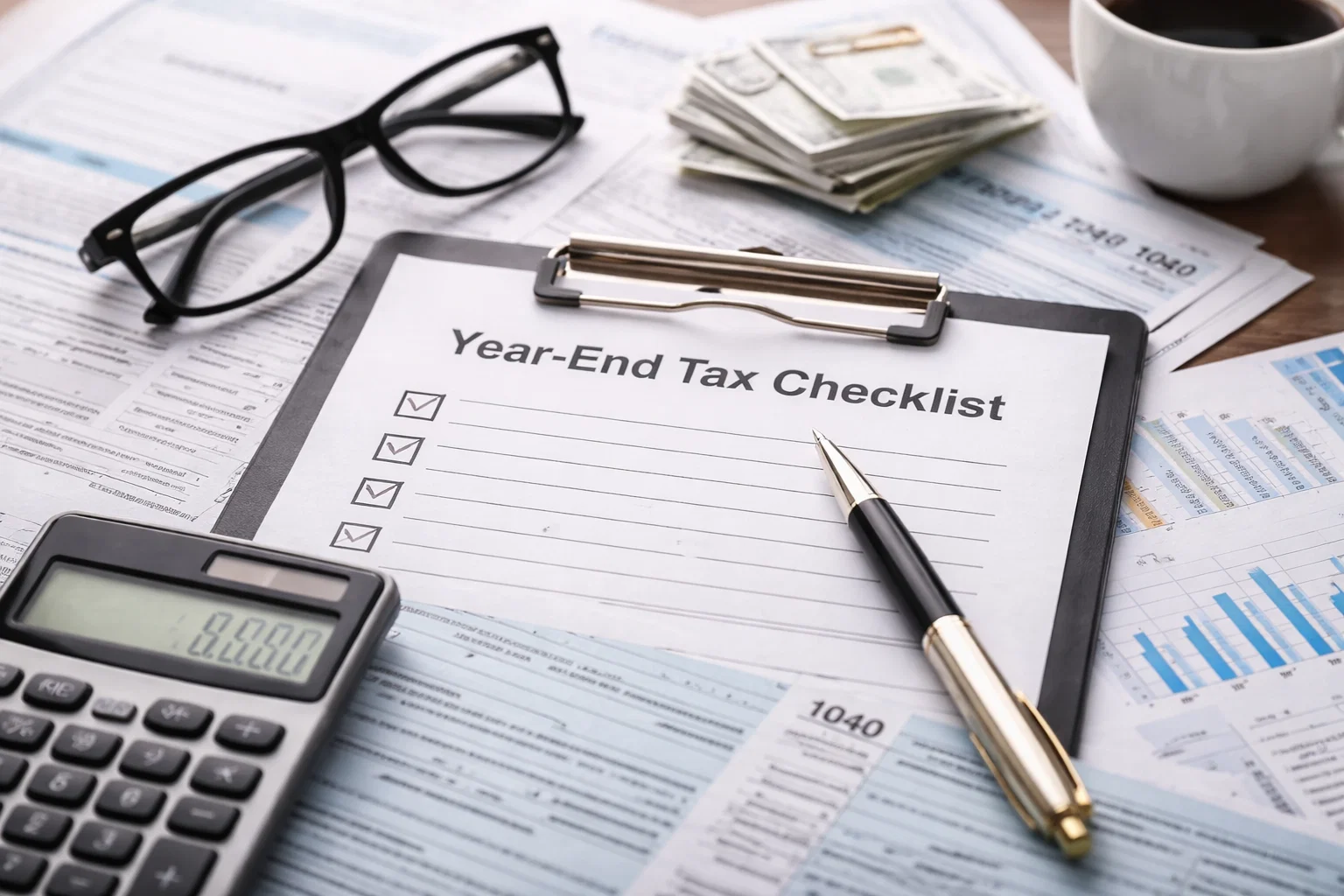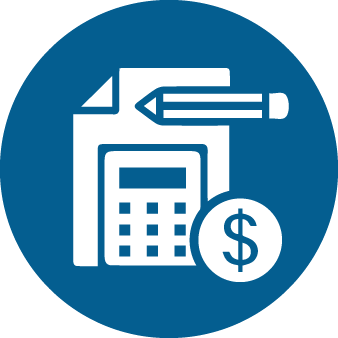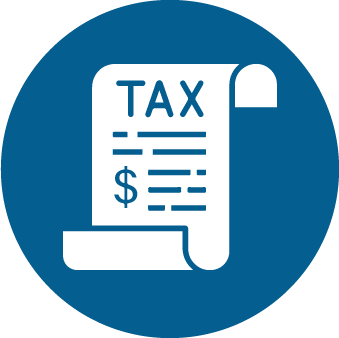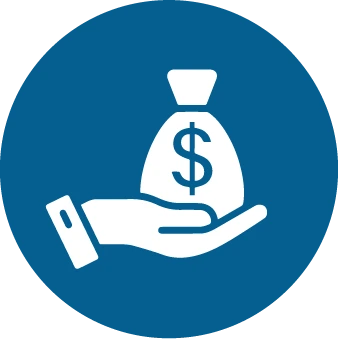The Top 10 Year-end Tax Planning Ideas for Businesses offers a comprehensive guide for businesses to maximize their tax savings before the end of the year.
-The guide covers a range of strategies, including accelerating deductions, deferring income, and taking advantage of tax credits and incentives.
-It also provides tips for optimizing retirement contributions, managing capital gains, and utilizing tax-efficient investment strategies.
-Additionally, the guide highlights the importance of reviewing and updating business structures and estate plans to ensure they align with current tax laws. Overall, the Top 10 Year-end Tax Planning Ideas for Businesses serves as a valuable resource for businesses looking to minimize their tax liability and maximize their financial success.
Year-end Tax Planning Ideas for Businesses:
-A list of tax planning strategies and tips that businesses can use to minimize their tax liabilities before the end of the tax year for the upcoming year.
-These ideas may include maximizing deductions, accelerating expenses, deferring income, taking advantage of tax credits, and implementing other tax-saving strategies.
-By implementing these ideas before the end of the year, businesses can potentially reduce their tax burden and optimize their financial position.
-These tax planning ideas can help businesses optimize their tax position and minimize their tax liability at year-end:
1. Accelerate expenses:
-The strategy of making necessary business purchases or payments before the end of the tax year in order to maximize deductions for the current year.
-By incurring expenses earlier than required, businesses can reduce their taxable income for the current year, thereby lowering their tax liability.
-This can include various expenses such as office supplies, equipment, repairs, professional services, and more.
-By accelerating these expenses, businesses can take advantage of immediate tax benefits and improve their overall financial position.
-However, it's important to ensure that the expenses are genuine and necessary for the business, and to consult with a tax professional for guidance on proper implementation.
-Consider making necessary purchases or payments before the end of the year to maximize deductions for the current tax year.
2. Review and write off bad debts:
-The process of evaluating outstanding receivables and identifying debts that are unlikely to be collected.
-Businesses periodically review their accounts receivable to determine if any debts are deemed uncollectible.
-When a debt is considered uncollectible, the business can write it off as a bad debt, which allows them to recognize the loss for tax purposes.
-Writing off bad debts can reduce the business's taxable income, thereby lowering its tax liability.
-It's important for businesses to adhere to specific criteria and documentation requirements when writing off bad debts, as prescribed by tax regulations.
-Additionally, businesses should consider the impact on their financial statements and seek guidance from a tax professional to ensure compliance with tax laws and accounting standards.
-Assess and write off any uncollectible debts to reduce taxable income.
3. Defer income:
-Defer income is a tax planning strategy that involves postponing the receipt of income until the following tax year.
-By deferring income, businesses can potentially reduce their current year's taxable income, thereby lowering their tax liability for the current year.
-This strategy is often used by businesses to manage their tax obligations effectively.
-For example, if a business is expecting to receive a large payment toward the end of the year, they may consider delaying the receipt of that income until the beginning of the following year.
-This can be achieved by postponing invoicing or delaying the completion of certain transactions.
-By deferring income, businesses can potentially benefit from lower tax rates in the following year, or they may have the opportunity to offset the deferred income with deductible expenses or losses in the subsequent year.
-However, it's important for businesses to consider the potential impact on cash flow and consult with tax professionals to ensure compliance with tax laws and proper implementation of this strategy.
-Delaying the receipt of income until the following year can help lower the current year's tax liability.

4. Take advantage of tax credits:
-Taking advantage of tax credits involves identifying and utilizing available tax credits to reduce a business's tax obligations.
-Tax credits are direct reductions in the amount of tax owed, making them a valuable tool for lowering a business's overall tax liability.
-Businesses can benefit from various tax credits, such as those related to research and development, renewable energy investments, hiring certain types of employees, or making specific types of investments.
-By understanding and leveraging these tax credits, businesses can reduce the amount of tax they owe, potentially leading to significant cost savings.
-To take advantage of tax credits, businesses must ensure that they meet the eligibility criteria and follow the specific guidelines for each credit.
-It's essential for businesses to stay informed about available tax credits, work with tax professionals to determine eligibility, and properly document and claim the credits on their tax returns.
-Additionally, businesses should stay updated on changes to tax laws and regulations to maximize the benefits of available tax credits.
-Identify and utilize available tax credits to reduce tax obligations.
5. Contribute to retirement plans:
-Contributing to retirement plans is a tax planning strategy that involves making contributions to qualified retirement accounts, such as 401(k) plans, SEP-IRAs, SIMPLE IRAs, or traditional IRAs, in order to reduce taxable income and lower current tax liabilities for businesses.
-When businesses contribute to retirement plans on behalf of their employees or for themselves as business owners, the contributions are generally tax-deductible.
-This means that the amount contributed to the retirement plan is subtracted from the business's taxable income, resulting in a lower tax liability for the current year.
-Furthermore, contributing to retirement plans not only provides tax benefits but also helps businesses and their employees save for retirement.
-It's important for businesses to understand the contribution limits, eligibility requirements, and specific rules associated with each type of retirement plan.
-Consulting with a financial advisor or tax professional can help businesses navigate the complexities of retirement plan contributions and optimize their tax planning strategies.
-Maximize contributions to retirement accounts to lower taxable income.
6. Utilize Section 179 expensing:
-Consider taking advantage of the Section 179 deduction for qualifying business equipment purchases.
-Section 179 expensing is a tax planning strategy that allows businesses to deduct the full cost of qualifying equipment or property purchased or financed during the tax year, rather than depreciating the cost over several years.
-This can significantly reduce a business's taxable income and lower its tax liability for the current year.
-Under Section 179 of the IRS tax code, businesses can expense up to a certain amount of the cost of qualifying property, such as machinery, equipment, computers, and furniture, up to a maximum limit.
-For the tax year 2021, the maximum amount that can be expensed under Section 179 is $1,050,000.
-Section 179 expensing is particularly beneficial for small businesses that need to invest in equipment or property to grow their operations.
-By taking advantage of this tax planning strategy, businesses can reduce their current year's taxable income and improve their cash flow by deducting the full cost of qualifying equipment or property in the year of purchase.
-It's important for businesses to understand the rules and limitations of Section 179 expensing and consult with a tax professional to ensure compliance with tax laws and proper implementation of this strategy.

7. Review inventory:
-Reviewing inventory is a tax planning strategy that involves taking a closer look at a business's inventory levels and determining the value of inventory on hand.
-By reviewing inventory, businesses can potentially reduce their tax liability by lowering the value of their inventory, which reduces their taxable income.
-The value of inventory can be reduced by using the lower of cost or market (LCM) method.
-This method allows businesses to value their inventory at the lower of its cost or its current market value.
-By using this method, businesses can reduce the value of their inventory, which reduces their taxable income.
-Additionally, businesses can review their inventory levels and identify obsolete or slow-moving inventory.
-By disposing of obsolete or slow-moving inventory, businesses can potentially reduce their taxable income by claiming a loss deduction for the disposed inventory.
-It's important for businesses to stay informed about inventory valuation methods and tax regulations related to inventory.
-Consulting with a tax professional or accountant can help businesses optimize their inventory management and tax planning strategies.
-Evaluate inventory levels and consider methods to reduce taxable income, such as lower of cost or market valuation.
8. Charitable contributions:
-Charitable contributions are a tax planning strategy that involves donating money or property to qualified charitable organizations in order to reduce taxable income and lower tax liabilities for businesses.
-When businesses make charitable contributions, they can generally deduct the value of their donations as a charitable contribution on their tax returns.
-This deduction can reduce taxable income, resulting in a lower tax liability for the current year.
-To qualify for a charitable contribution deduction, businesses must donate to qualified charitable organizations that are recognized by the IRS as tax-exempt.
-Examples of qualifying organizations include religious institutions, educational institutions, and public charities.
-It's important for businesses to keep proper documentation of their charitable contributions, including receipts, canceled checks, or other written communication from the charitable organization.
-Additionally, businesses should be aware of the limitations and rules surrounding charitable contributions, such as the percentage of taxable income that can be deducted and the types of property that can be donated.
-By making charitable contributions, businesses can not only reduce their tax liability but also support causes and organizations that align with their values and mission.
-Make charitable donations before year-end to benefit from deductions.
9. Review capital expenditures:
-Assess potential capital expenditures and consider timing purchases to maximize tax benefits.
-Reviewing capital expenditures is a tax planning strategy that involves analyzing and assessing the business's investments in long-term assets, such as buildings, equipment, and machinery, to optimize tax benefits and minimize tax liabilities.
-By carefully reviewing capital expenditures and considering these tax planning opportunities, businesses can optimize their tax position, improve cash flow, and reduce their overall tax liabilities.
-It's essential for businesses to work with tax professionals or financial advisors to navigate the complexities of capital expenditure tax planning and ensure compliance with tax laws and regulations.
-When reviewing capital expenditures, businesses can consider various tax planning opportunities, such as:
-Depreciation Methods: Evaluating different depreciation methods, such as accelerated depreciation or bonus depreciation, to maximize deductions for capital assets and reduce taxable income.
-Section 179 Deduction: Assessing the eligibility of capital expenditures for the Section 179 deduction, which allows immediate expensing of certain qualifying property, rather than depreciating it over time.
-Timing of Expenditures: Planning the timing of capital expenditures to take advantage of tax incentives, such as tax credits or deductions available in specific tax years.
-Cost Segregation Studies: Conducting cost segregation studies to identify and reclassify certain assets for accelerated depreciation, potentially resulting in increased tax deductions.
-Qualified Improvement Property (QIP): Reviewing and identifying expenditures that qualify for favorable tax treatment under QIP provisions, which may allow for accelerated depreciation and tax savings.
10. Consult with a tax professional:
-Consulting with a tax professional is a crucial tax planning strategy for businesses to ensure compliance with tax laws and regulations and optimize their tax position.
-Tax professionals, such as certified public accountants (CPAs) or tax attorneys, have the expertise and knowledge to help businesses navigate complex tax laws and regulations.
-They can provide guidance and advice on tax planning opportunities, such as deductions, credits, and incentives, that can help businesses lower their tax liabilities and improve their cash flow.
-Additionally, tax professionals can help businesses avoid tax penalties and legal issues by ensuring compliance with tax laws and regulations.
-They can assist businesses with tax preparation, filing tax returns, and responding to tax audits or inquiries from tax authorities.
-Working with a tax professional can also provide businesses with peace of mind, knowing that their tax planning and compliance are in good hands, and they can focus on running their business.
-Overall, consulting with a tax professional is a valuable tax planning strategy for businesses to optimize their tax position, avoid legal issues, and improve their financial performance.
-Seek advice from a tax professional to ensure that all available tax-saving opportunities are considered and implemented.

Check also:
- year end tax planning for small business owners
- Tax planning strategies for individuals
- Tax planning strategies for companies
- year end tax planning checklist
Summary:
-In conclusion, effective year-end tax planning is essential for businesses to optimize tax savings and minimize liabilities by implementing strategies such as:
1. Accelerating expenses.
2. Reviewing and writing off bad debts.
3. Deferring income.
4. Taking advantage of tax credits.
5. Contributing to retirement plans.
6. Utilizing Section 179 expensing.
7. Reviewing inventory.
8. Making charitable contributions.
9. Reviewing capital expenditures.
10. At Precision Accounting Intl (PAI), which is one of the top CPA firms in NJ, businesses can ensure they are making the most of available tax planning opportunities, we specialize in providing tailored tax planning services for business owners.
-Our team of experienced professionals can assist in developing personalized tax strategies, ensuring compliance with tax laws, and maximizing tax benefits for your business.
-Contact us to learn how PAI can help your business with comprehensive tax planning and preparation.
Related Articles
Services provided for you
Bookkeeping Services in Clifton, NJ
We serve a range of industries and customers, in an organized, friendly, and reliable way.
Business Tax Services
We are in a position to identify tax planning shots that reduce both your current and future tax liabilities.
Individual Tax Services
We gauge our worth by the personal and business successes of our clients and industries.
Payroll Services
For small and large corporations, payroll systems, highly qualified payroll experts support our services. Our primary objective is to provide customized services and highly favorable pricing for you.
Non-Profit Organization Services
Precision Accounting Intl can assist you set up and maintain your non-profit organization's nontaxable standing by handling all the authority reportage for you.
Part-Time CFO Services
If you're ready enough to be in this role. Our Part-Time CFO Service Package provides you with a knowledgeable financial manager who will work with you to help guide the progress of your business.











